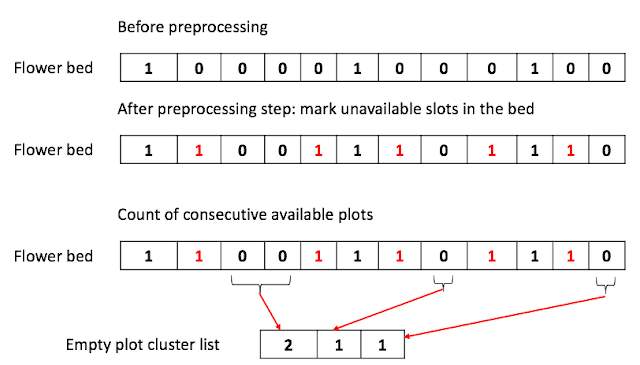LRU cache question
Problem
Design a data structure that follows the constraints of a Least Recently Used (LRU) cache.
Implement the LRUCache class:
LRUCache(int capacity)Initialize the LRU cache with a positive sizecapacity.int get(int key)Return the value of thekeyif the key exists, otherwise return-1.void put(int key, int value)Update the value of thekeyif thekeyexists. Otherwise, add thekey-valuepair to the cache. If the number of keys exceeds thecapacityfrom this operation, evict the least recently used key.
The functions get and put must each run in O(1) average time complexity.
Example 1:
Input
["LRUCache", "put", "put", "get", "put", "get", "put", "get", "get", "get"]
[[2], [1, 1], [2, 2], [1], [3, 3], [2], [4, 4], [1], [3], [4]]
Output
[null, null, null, 1, null, -1, null, -1, 3, 4]
Explanation
LRUCache lRUCache = new LRUCache(2);
lRUCache.put(1, 1); // cache is {1=1}
lRUCache.put(2, 2); // cache is {1=1, 2=2}
lRUCache.get(1); // return 1
lRUCache.put(3, 3); // LRU key was 2, evicts key 2, cache is {1=1, 3=3}
lRUCache.get(2); // returns -1 (not found)
lRUCache.put(4, 4); // LRU key was 1, evicts key 1, cache is {4=4, 3=3}
lRUCache.get(1); // return -1 (not found)
lRUCache.get(3); // return 3
lRUCache.get(4); // return 4
Solution
To achieve $O(1)$ time for both get and set, we first need the hashmap to keep the record.
A problem happens when trying to keep track of what's least used to evict.
For that, we can use a priority queue and keep the least used element in the first.
One thing that confused me is whether updating the same value (put with the existing key) is considered to be used. I initially thought it was not. That delayed the time to debug. Also, we need to think about the corner case as well.
Here is the rough algorithm:
- get(k)
check if k exists in the hashmap.
if so return the value
move the k to the end of the priority queue
return -1 if not found
- put (k, v)
if k exists in the hashmap
get the value element
update the value
move the k to the end of the priority queue
if k is the key to the hashmap
if the queue is at capacity, remove the element at the head from the priority queue
add k, v to the hashmap
add k to the end of the priority queue
UPDATE 03-09-2023:
Here is the python solution
Practice statistics
15 mins: algorithm
12 mins: to code (with bugs)
10 mins: to debug

Comments
Post a Comment